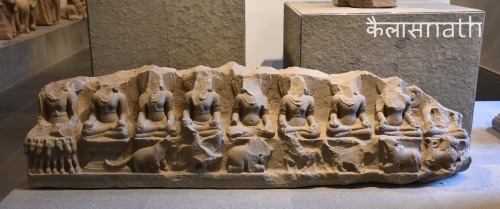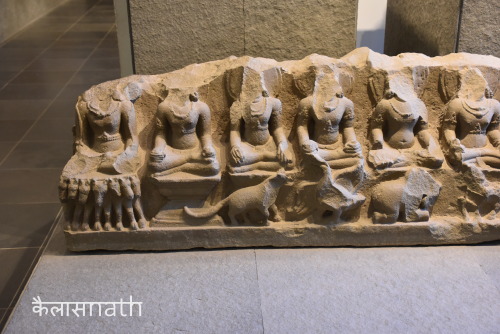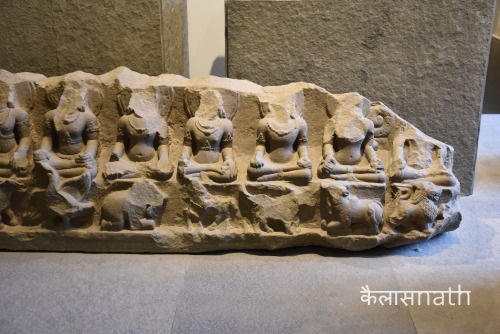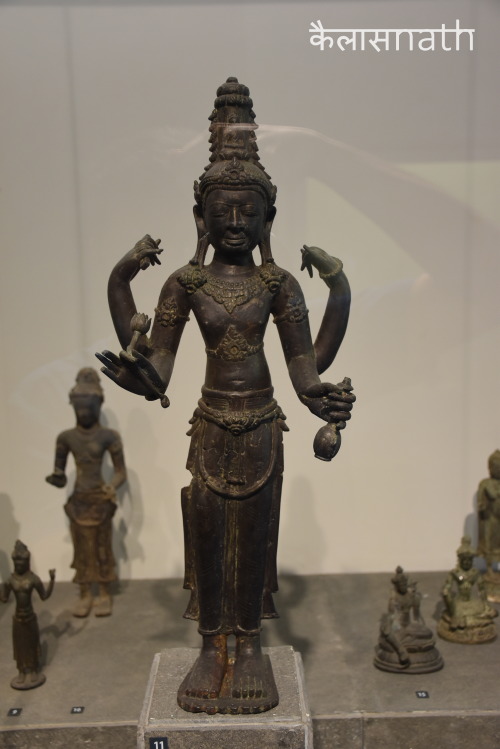#cham art
GaruḍawithNāga
Garuḍa, the vahana or vehicle of Śṛī Viṣṇu, often depicted combatting serpents or nāgas, is a popular motif in south-east Asian Hindu sculpture. This magnificent and surprisingly well-preserved pediment is representative of Cham artwork in the collections of the Saigon Museum
Sandstone pediment, circa 10th Century CE
Museum of Vietnamese History, Saigon
Post link
NavagrahaStelae
Panel dedicated to the ninbe planetary deities though unusual, is found in the religious art of medieval India as well as in the Khmer kingdoms of Cambodia in addition to this sadly damaged specimen from the Kingdom of Champa
Sandstone, circa 10th Century CE
Museum of Vietnamese History, Saigon
Post link
Bodhisattva Avalokiteśvara – Bồ Tát Quán Thế Âm
The Indianised Hindu - Buddhistic Kingdom of Champa in what is today central Vietnam tracing its roots to the 2nd Century CE and lasting till the 1800s when it was completely absorbed into Modern Vietnam, reached it’s apogee in the 9th and 10th Centuries CE, which also saw the production of some exquisite religious art including this bronze image of the four-armed Avalokiteśvara.
Bronze, circa 9thCentury
Kingdom of Champa, Hoài Nhơn District, Vietnam
Museum of Vietnamese History, Saigon
Post link









